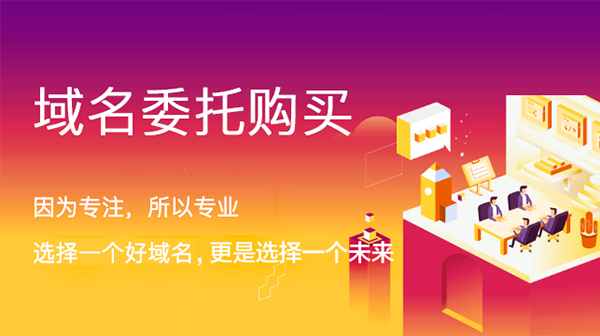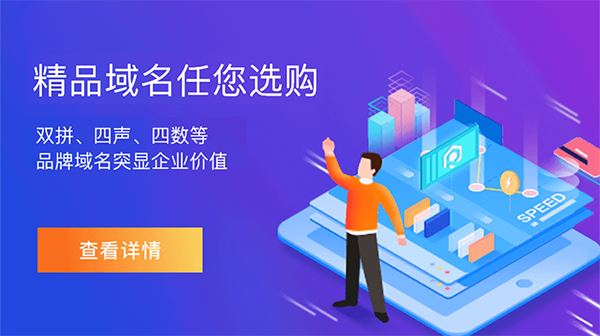 SNCF在物流行业中的票数:693
SNCF在物流行业中的票数:693
【SNCF是哪个国家的品牌?】
外推网助力SNCF品牌出海!将品牌入驻外推网,定制SNCF品牌推广信息,可以显著提高SNCF产品曝光,简直是跨境电商爆单神器!目前仅需1000元/年哦~
法国国营铁路公司(SociétéNationaledesCheminsdeFerFranCis)是1937年,在对自十九世纪中叶起参加建设法国铁路网的一些私营铁路企业进行国有化后成立的。所以,法国国营铁路公司最初是一个兼有私有与国有资本的半国有公司(SEM)。根据1982年12月30日的“国内运输政策法”(LOTI),法国国营铁路公司成为一家“按照公共事业原则,以经营、规划和发展国家铁路网为宗旨的国有工商企业(EPIC)”。后因政府解决国铁债务方面的问题,相继颁布了一些法律条文,引起了国铁与政府之间责任分工的混乱,1996年政府又颁布法令明确了国铁的职责,保留了法国国营铁路公司的完整性:即国铁既负责营运,又管理基础设施。法国政府在这一点上选择了不同于大多数邻国的独特道路,即保持法国公共事业体制模式及遵守“国内运输政策法”规定的主要原则。
法国国营铁路公司分三级管理体制:公司总部、地区分局和基层单位。国铁董事会由18名成员组成,其中12名由政府任命,6名由职工选举产生。目前,国铁地区分局共有23个,各地区分局的人员编制则根据下属基层单位的多寡,由4000到10000人不等。基层单位有330个。另外,法国国营铁路公司周围共有500个各种法律性质的公司,如货运公司-联运公司(集装箱业务的CNC、特殊货运公司CTC、STVAHESTSI、国际货运公司FRETINTERNATIONAL),多模式运输公司(GEODIS),铁路长途客运,国际铁路线管理单位与邻国铁路合作的THALYS和ARTESIA等。以国铁这个国营工商企业为中心,负责铁路运输的补充行业或衍生行业,
法国高速列车(TGV)于1981年9月投入巴黎—里昂两大城市间的运营,目前高铁总里程达1540公里,每天运送旅客近20万,平均时速为300公里,拥有车组400个。令法国国营铁路公司骄傲的是,1990年法国高速列车创出了时速515.3公里的世界记录。2001年5月26日实现了加莱至马赛1067.2公里长距离不间断运行3小时29分的记录。20多年来高铁从未发生造成人员死亡的交通事故。2003年11月28日,运营22年的法国高速列车迎来了第10亿位旅客。2007年,法国国营铁路公司将开通巴黎至斯特拉斯堡的东线高铁,从而形成一个贯穿东西南北的高速铁路网。公司预计,将在2010年迎接第20亿位旅客。
法国国铁每年的旅客发送量高达8亿7千万人次,货物发送达1亿4千万吨,这一骄人的成绩使该公司跻身于世界铁路运营的前列。
高速铁路已为法国带来了巨大的社会和经济效益,也成为法国人中长途出行选择的交通工具。高铁不仅节省了旅途时间,节约了能源,保护了环境,也带动了铁路沿线地区的经济发展和就业增加。法国的高速列车已连接了英国、比利时、德国,并在西班牙建网运行,还远销美国、韩国和澳大利亚等国家。去年,法国高速铁路的营业额达28亿欧元,成为法国国营铁路公司中惟一的盈利大户。法国国营铁路公司大部分的业务涉及到运输部分,其核心业务是铁路经营,它是欧洲陆路交通最先进的集团之一。1998年,该公司1030法郎的收入中,75%是来自于铁路。
英文翻译:The French state-owned railway company (soci é t é nationaledes cheminsde fer Francis) was founded in 1937 after the nationalization of some private railway enterprises that have participated in the construction of the French railway network since the middle of the 19th century. Therefore, the French state-owned railway company was originally a semi state-owned company (SEM) with both private and state-owned capital. According to the "domestic transport policy law" (Loti) of December 30, 1982, French state-owned railway company has become a state-owned industrial and commercial enterprise (EPIC) with the purpose of operating, planning and developing the national railway network in accordance with the principles of public utilities. Later, because the government solved the debt problem of national railway, some legal provisions were issued successively, which caused the confusion of the division of responsibilities between national railway and the government. In 1996, the government also issued a decree to clarify the responsibilities of national railway, which preserved the integrity of French state-owned railway company: that is, national railway is responsible for both operation and infrastructure management. In this regard, the French government has chosen a unique path different from that of most of its neighbors, that is, to maintain the mode of French public service system and abide by the main principles stipulated in the "domestic transport policy law". French state-owned railway company has three levels of management system: company headquarters, regional bureaus and grass-roots units. The board of directors is composed of 18 members, 12 of whom are appointed by the government and 6 are elected by employees. At present, there are 23 Regional bureaus of national railway, and the staffing of each regional bureaus varies from 4000 to 10000 according to the number of subordinate grass-roots units. There are 330 grass-roots units. In addition, there are 500 companies of various legal natures around French state-owned railway company, such as freight company intermodal company (CNC of container business, CTC of special freight company, stvahestsi, fretininternational of international freight company), multi-mode transport company (Geodis), long-distance railway passenger transport, Thalys and Artesia of international railway line management unit cooperating with neighboring railways, etc. Focusing on the state-owned industrial and commercial enterprise, national railway is responsible for the supplementary or derivative industries of railway transportation. The French high-speed train (TGV) was put into operation between Paris and Lyon in September 1981. At present, the total mileage of high-speed railway is up to 154km, nearly 200000 passengers are transported every day, the average speed is 300km, and there are 400 train sets. The French state-run railway company is proud that in 1990, the French high-speed train set a world record of 515.3 kilometers per hour. On May 26, 2001, a record of 3 hours and 29 minutes of uninterrupted operation for 1067.2 km from Calais to Marseille was achieved. For more than 20 years, high-speed rail has never had a traffic accident that caused death. On November 28, 2003, the French high-speed train, which has operated for 22 years, welcomed the 1 billion passengers. In 2007, the French state-run railway company will open the east line high-speed railway from Paris to Strasbourg, thus forming a high-speed railway network running through the East, West, North and south. The company expects to receive its 2 billion passengers in 2010. The annual passenger traffic volume of France national railway is up to 870 million person times and the cargo traffic is up to 140 million tons. This remarkable achievement makes France national railway rank in the forefront of the world railway operation. High speed railway has brought huge social and economic benefits to France, and has also become the medium and long-distance transportation choice of the French. High speed railway not only saves travel time, energy and environment, but also drives the economic development and employment increase along the railway. France's high-speed trains have been connected with Britain, Belgium, Germany, and operated in Spain. They are also exported to the United States, South Korea, Australia and other countries. Last year, France's high-speed railway, with a turnover of 2.8 billion euros, became the only major profit maker among the French state-owned railway companies. Most of the business of France's state-run railway company is related to the transport sector. Its core business is railway operation. It is one of the most advanced groups in land transportation in Europe. In 1998, 75% of the company's 1030 Franc revenue came from the railway.
本文链接: https://www.waitui.com/brand/98a1a81b8.html 联系电话:请联系客服添加 联系邮箱:请联系客服添加

















 浙公网安备 33011802001999号
浙公网安备 33011802001999号
